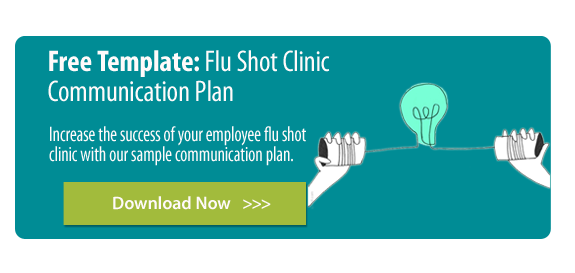School is officially back in session for much of America’s youth, but we’re looking at adult education in a whole new light. In discussing health care and hosting biometric screenings, we often find that many individuals have difficulty understanding their diagnoses. We dug a little deeper and discovered that nearly 9 out of 10 adults have trouble using the everyday health information that is available at their doctor’s offices, in their communities and throughout the media.
 The problem lies in a lack of health care literacy, defined as the degree to which people have the ability to obtain, process and understand the health information needed to make the right decisions and receive the appropriate services to prevent or treat illness. To understand their health, individuals often have to be able to read graphs and visual information, operate a computer, apply information and calculate or interact with numbers.
The problem lies in a lack of health care literacy, defined as the degree to which people have the ability to obtain, process and understand the health information needed to make the right decisions and receive the appropriate services to prevent or treat illness. To understand their health, individuals often have to be able to read graphs and visual information, operate a computer, apply information and calculate or interact with numbers.
It seems basic on a service level, but when you throw in the fact that most Americans are reading at a 7th or 8th grade level, health care literacy becomes a serious concern. Most patients are expected to understand complex information and use it to make critical treatment decisions. Not only is it crucial in life-threatening situations, but it’s also important that people understand the everyday information needed to adopt healthy behaviors, act on important public alerts (like flu season), calculate dosage for medications, and communicate with medical professionals.
The National Assessment of Adult Literacy (NAAL) measured the health literacy of American adults in an extensive assessment during 2003. Health literacy was reported using four performance levels: Below Basic, Basic, Intermediate, and Proficient. According to the NAAL, approximately 36% of adults in the United States have limited health literacy, 22% have Basic and 14% have Below Basic. An additional 5% of the population is not literate in English. Only 12% of the population has a proficient health literacy level.
The NAAL did identify four “vulnerable” groups for lower health literacy: adults over 60, immigrant populations, minority populations and low income adults living below the poverty level. We see it as a national problem, however; even well-educated, high income individuals walk into their doctors’ offices each day and have no idea what their doctor is talking about. While health literacy was once seen as the “patient’s problem” – that is, that the patient was uneducated and lacking skills – it’s now referenced as a broader issue with the health care system.
To help establish better communication between doctors, nurses, and patients, we’ve compiled this list of general conversation starters. By asking low-level questions about a patient’s lifestyle, work and mindset, medical professionals can establish a rapport with their patients. By asking more pointed questions about a patient’s comprehension, they can also ensure that the individual leaves their appointment understanding their diagnosis. Click through the SlideShare below for the full list:
Do you see health care literacy as a serious national issue? How do you deal with it? Comment below!



